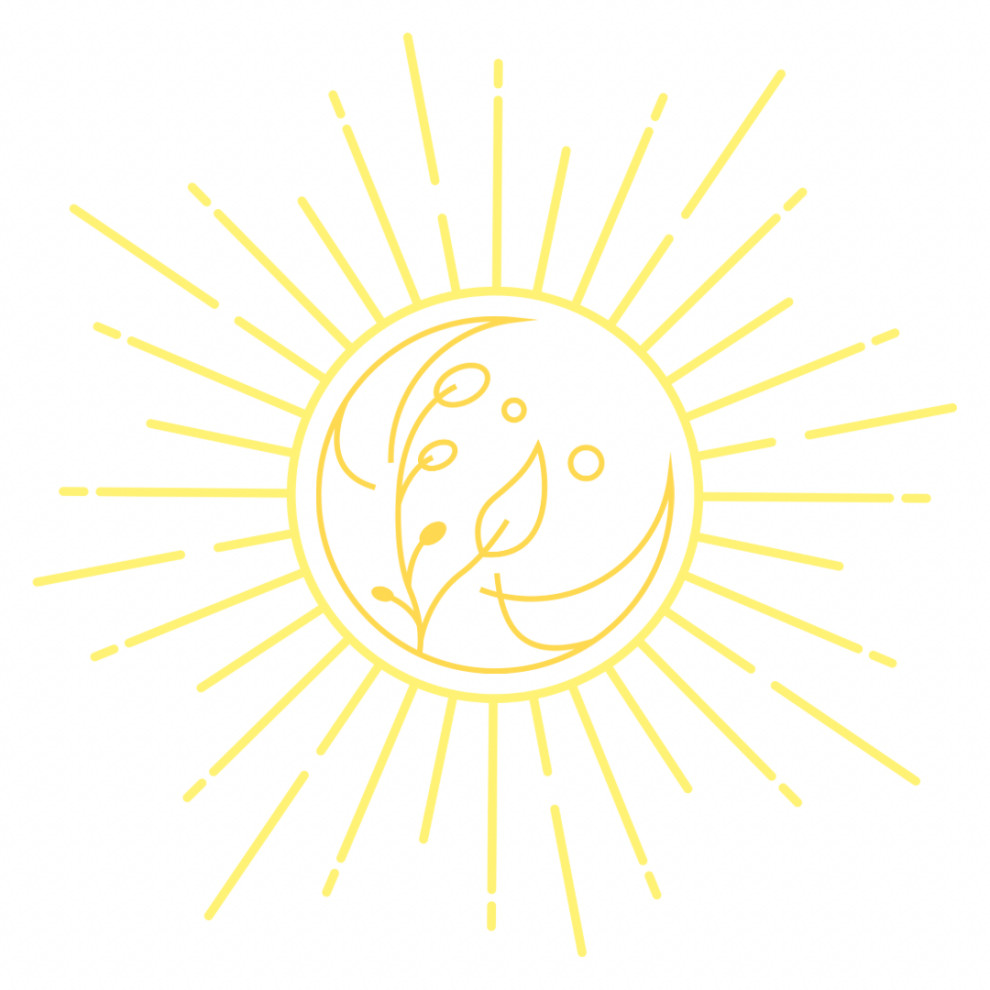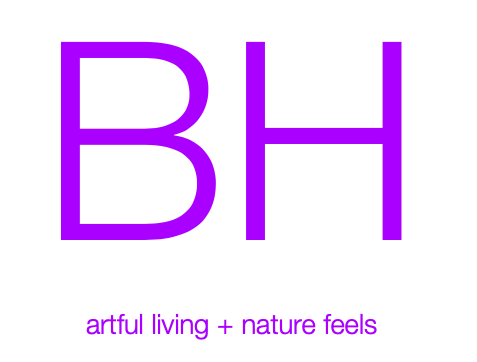MOVEMENT MEDITATION

Movement Meditation (2021) is a term I created to explain the action of performing a movement that brings the mind to a meditative state. This terminology idea was developed from my personal physical and mental experiences. Having focused thoughts tuned into performing a movement, can calm the mind. This concept is similar to mindful movement with respect to being mindful of the movement being performed. However, movement meditation takes this idea to the next level by considering the meditative/parasympathetic state that can be obtained from performing a movement. This movement meditative flow could happen through the action of thoughts needed to perform a movement either simple or complex and/or the physical actions required to create bodily movement.
Movement meditation is different for everyone. There are simple movements and more complex movements. There are movements that are simple to someone and complex to another. When using simple movements to reach a desired outcome, having problem solving skills and extensive knowledge is what is needed in some circumstances. On the other hand, mental practice and physical training are vital in performing a series of complex physical movements. There can also be a blend between the simplicity and complexity of cognitive and physical movements which vary from person to person to create movement meditation.
In comparison, traditional meditation is normally performed in a sedentary position while focusing on a certain thought or breath sequence which may not always work in seeking a calm mind and body. For me to reach a calm state of mind more effectively, I find performing conscious bodily movements can be of assistance. Through movement exertion, my mind and body are then able to enjoy and gain the benefits of the traditional meditative positions and exercises.
The action of exertion through movement of the mind and/or body has helped me in activating the parasympathetic nervous system. For example, the motions of flowing through a yoga sequence and focusing on the breath connected to each moving posture is a form of movement meditation. The focus of combining these movements can create a calmness within the mind.
The action of thought required to perform physical actions could also be considered a type of movement meditation. Where complex thoughtful actions are flowing in order to perform a task such as flying a plane. There are many things to be conscious of while flying in order to maintain a safe flight. The novice pilot most likely may have more thoughtful attention focused on the airplane's mechanical functioning, surrounding traffic, weather, and communications with air traffic control while the more experienced pilot may not need to have so much attention on certain situational awarenesses that come second nature to them. Although, seasoned pilots may have many flight hours, conscious awareness is still used for weather, surrounding traffic, and airplane functioning.
Most of the time the physical action of flying requires simple movements. The mental awareness of those actions and why they are occurring, creates movement of thoughts. This has the potential to result in a meditative flow where all thoughts are focused on the actions being performed for flying. This focus allows mental clarity from daily stressors that can cloud the mind. While flying, the calmness from the aerial view of nature’s elements contributes to the meditative flow through the sky.
Different from flying an airplane, playing volleyball uses more complex physical movements, but comparatively uses timely thoughtful active decision making skills. For example, playing volleyball requires the ability to use peripheral vision and kinesthetic senses cohesively with quick reflexive movements. These skills come into play on the court while flowing with the teams momentum and anticipating the opposing teams offense and defensive moves. Playing volleyball can be a simple action of movements performed subconsciously based on training and level of competition. However, a novice volleyball player has to breakdown each movement to formulate the kinesthetic senses and muscular memory required to perform for competition. This focused attention on learning the inexperienced movements can drown out the surrounding awareness of other player’s movements. Although, the less experienced volleyball player may not have the skills for high level competition, they are still implementing thoughtful action of the mind and/or body.
Any movement that brings you joy can also be considered a type of movement meditation. Whether focusing on breathing with the lungs and diaphragm in a sedentary meditative state or performing repetitive/consistent movements with proper form, the physical activity and/or exercise being performed are the main focus rather than the stressors of the day. The actions used to move the mind and/or body helps to channel the body’s endorphins and euphoria feelings which makes it easier for the parasympathetic nervous system to be activated. The art of healthy distractions can help us cope with daily stressors and allow us to enjoy the beauties of life.
Brooke Hacker
Doctorate of Physical Therapy
Visual Design by BH

